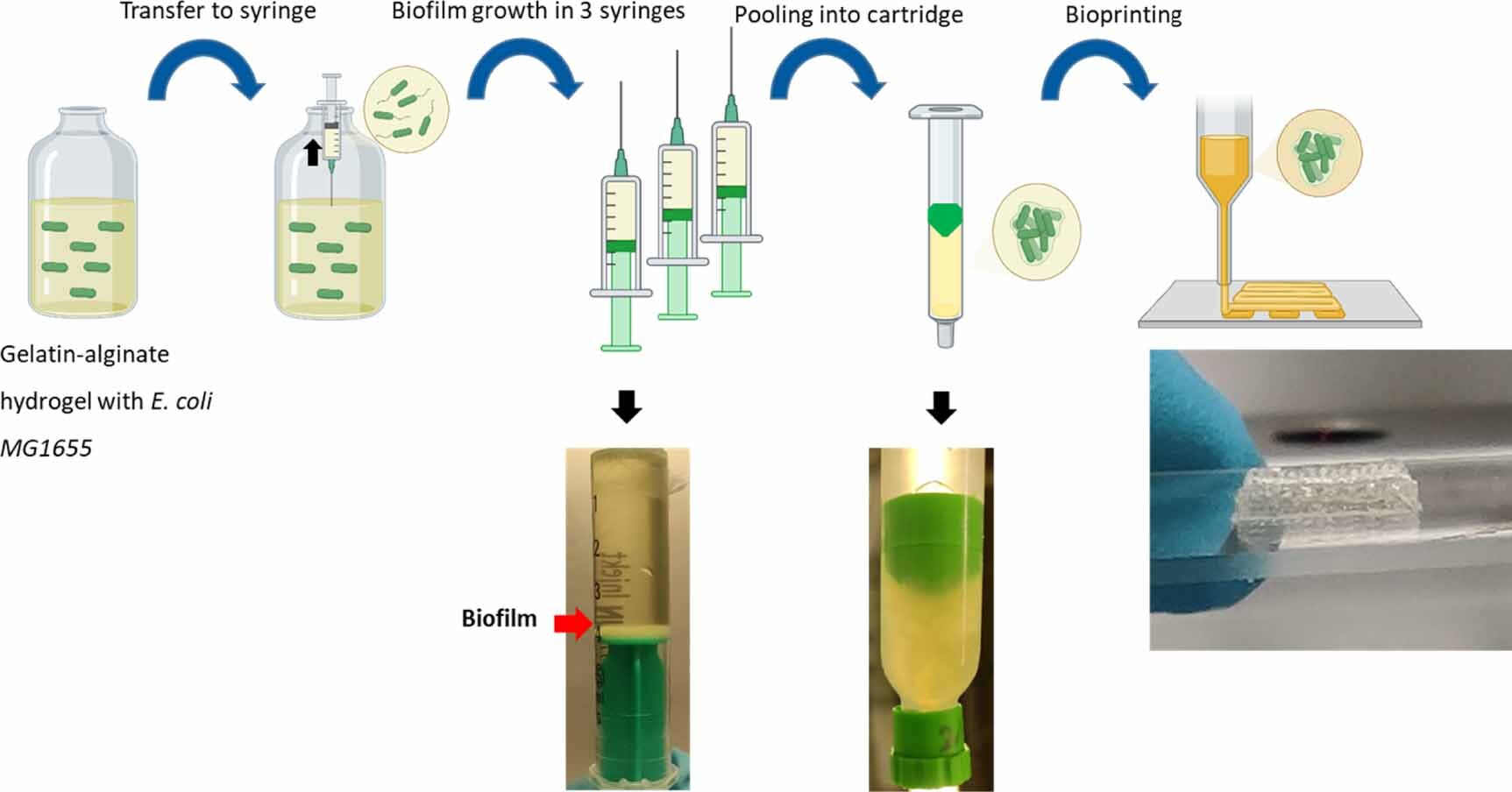Researchers print bacterial biofilms on human lung cells to study chronic lung infections
Date: 19.6.2023
Some bacterial pathogens form so-called biofilms during infection processes to protect themselves from drugs or cells of the human immune system. Every year, more than 500,000 people die from infections associated with biofilms.
 Researchers at the Helmholtz Institute for Pharmaceutical Research Saarland (HIPS) have now developed a novel method to place such biofilms on lung cells in the laboratory. The model system produced by means of "bioprinting" should help to better understand infection processes and assist in the development of new active substances.
Researchers at the Helmholtz Institute for Pharmaceutical Research Saarland (HIPS) have now developed a novel method to place such biofilms on lung cells in the laboratory. The model system produced by means of "bioprinting" should help to better understand infection processes and assist in the development of new active substances.
In the published study, the bacterial cells, including the biofilm, are placed on a layer of lung epithelial cells by a special 3D printer. This so-called "bioprinting" is a complex process that requires an ink with special properties. "The development of a biofilm infection model is not trivial as the rapid growth of bacteria and the release of toxins can easily lead to premature death of the lung cells.
As a result, preserving the biofilm in such a system requires a very controlled environment," explains Claus-Michael Lehr. "We optimized our 3D-printed biofilms to be very close to a native biofilm. A major challenge was that the artificial biofilms maintain their shape after washing off the excess bioink and do not have a toxic effect on the underlying lung cells. Both of these challenges have led to encouraging results with the model developed."
Image source: Aliyazdi et al. (2023), Biofabrications.























